
Because butterflies need a mix of host and nectar plants to survive, butterfly gardens also provide a wonderful cornucopia of beauty for the gardener. Annuals, perennials, trees, and shrubs that flower at different times of the year are the best choices. While butterflies are particular about the host plant species their caterpillars will feed on, they are less choosy about the nectar plants they feed on as adults.
The best location for a butterfly garden is an open sunny space. Placing trees and shrubs on the outskirts of the garden (without shading much of the garden) provides a welcomed butterfly escape or shelter from high winds and storms. Here is a list of great plants for butterflies, which provide a range of sizes and flower colors as well host and nectar plant options. A butterfly garden is the perfect type of garden for you to be creative and do what works for you. If you have food and shelter for the butterflies, they will be happy.
Host Plants
1. Dutchman’s pipevine (Aristolochia macrophylla, Zones 4–8): Pipevine swallowtail host plant
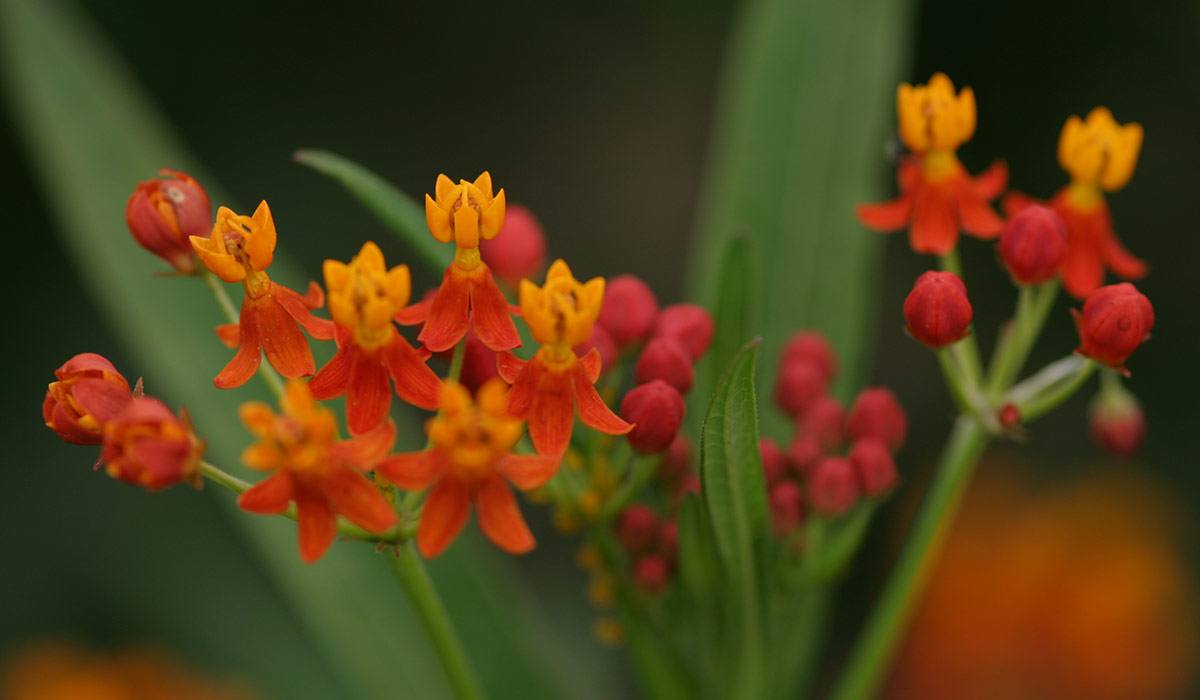
2. Tropical milkweeds (Asclepias curassavica and cvs., Zones 8–11): Monarch host plant
3. Pawpaws (Asimina triloba and cvs., Zones 5–9): Zebra swallowtail host plant
4. Redtwig dogwoods (Cornus serica and cvs., Zones 3–8): Spring azure host plant

5. Bronze fennels (Foeniculum vulgare and cvs., Zones 4–9): Eastern black swallowtail host plant
6. Tulip trees (Liriodendron tulipifera and cvs., Zones 4–9): Eastern tiger swallowtail host plant

7. Parsleys (Petroselinum crispum and cvs., Zones 5–9, grown as annual): Eastern black swallowtail host plant
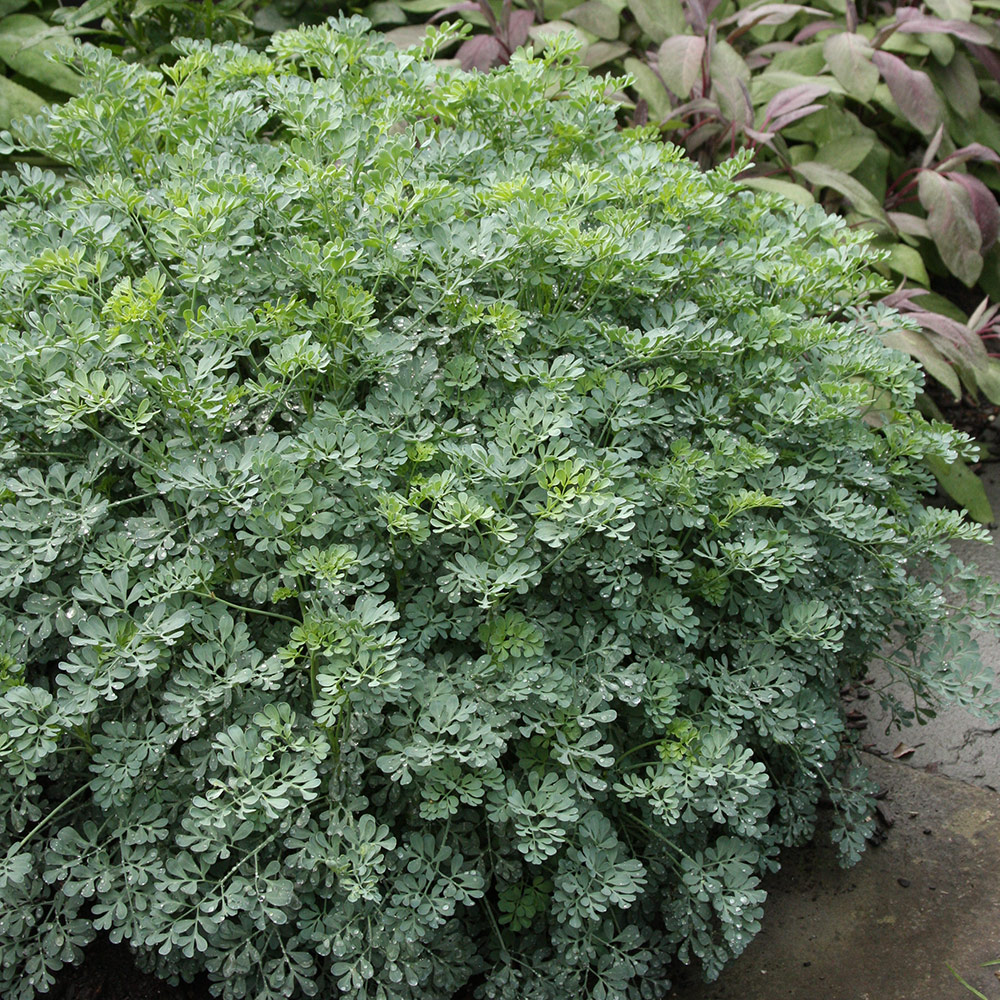
8. Garden rues (Ruta graveolens and cvs., Zones 4–10): Eastern black swallowtail and giant swallowtail host plant
Nectar Plants

9. Calendulas (Calendula officinalis and cvs., annual): Blooms in spring and fall
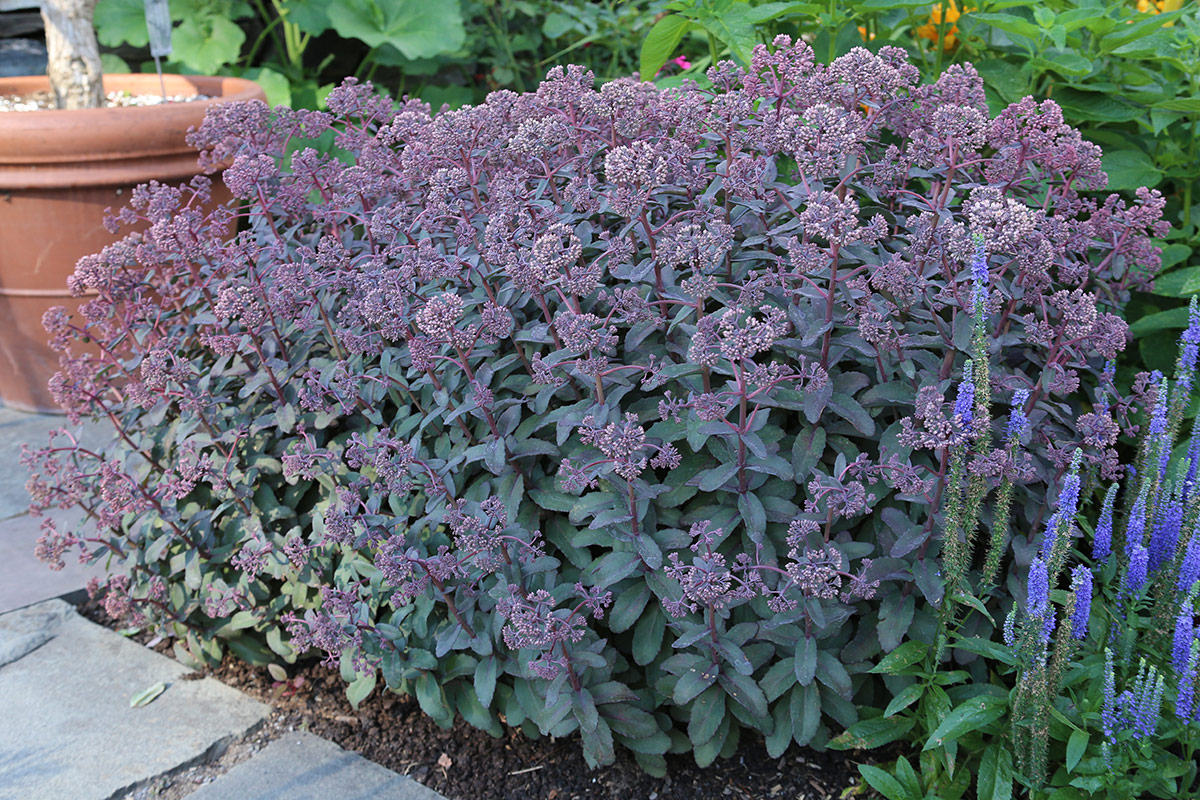
10. Stonecrops (Hylotelephium, Petrosedum, Phedimus, and Sedum spp. and cvs., Zones 3–11): Blooms in late summer to fall

11. Lantanas (Lantana spp. and cvs., Zones 7–11): Blooms in summer to fall
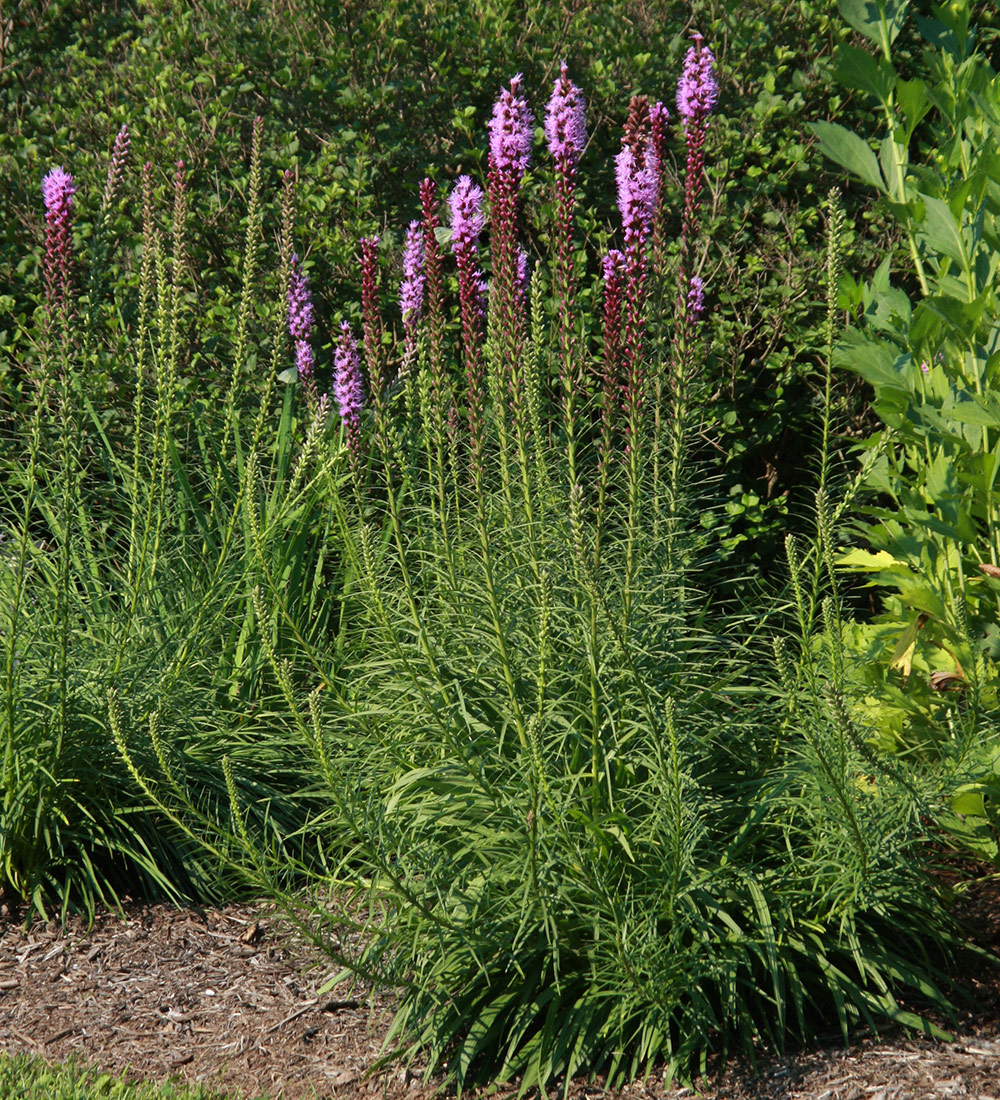
12. Blazing stars (Liatris spp. and cvs., Zones 3–9): Blooms in summer

13. Alyssums (Lobularia maritima and cvs., annual): Blooms in spring and fall

14. Bee balms (Monarda spp. and cvs., Zones 3–9): Blooms in late spring to summer

15. Pentas (Pentas lanceolata and cvs., Zones 10–11): Blooms in summer

16. Black-eyed Susans (Rudbeckia spp. and cvs., Zones 3–9): Blooms is summer to fall

17. Goldenrods (Solidago spp. and cvs., Zones 2–8): Blooms in summer to fall

18. Asters (Symphyotrichum and Eurybia spp. and cvs., Zones 3–8): Blooms in fall
19. Marigolds (Tagetes spp. and cvs., Zones 2–11): Blooms in summer to fall
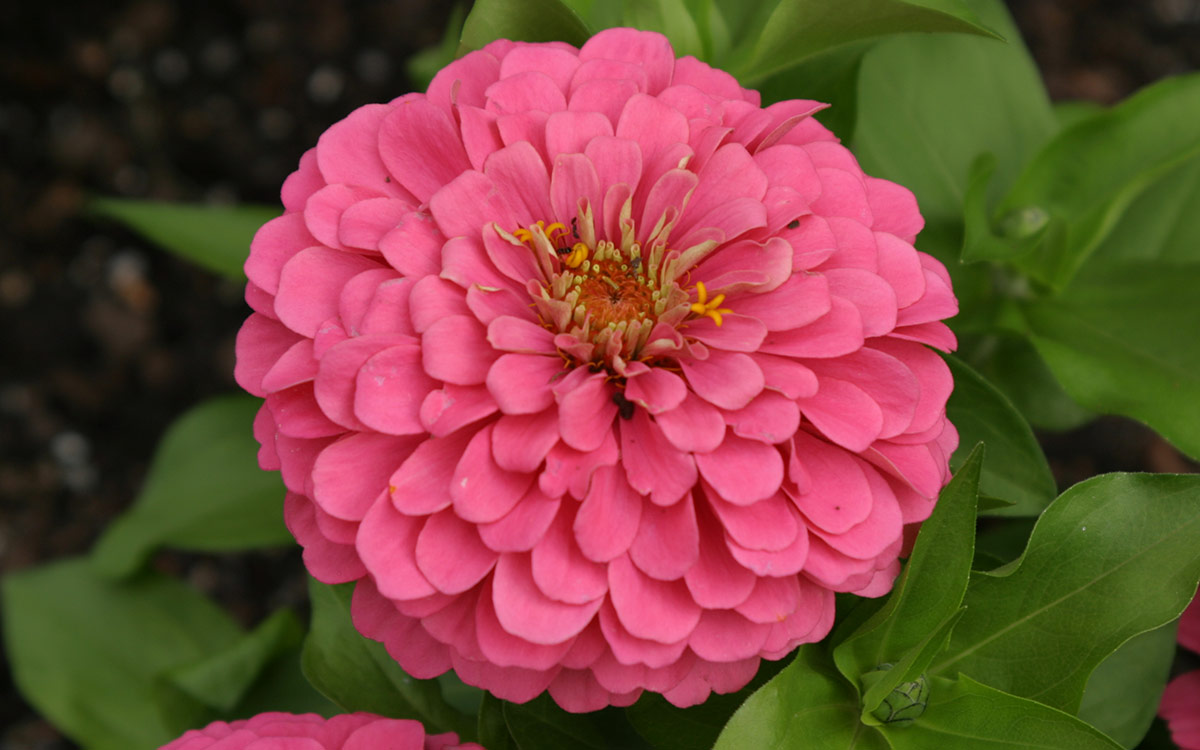
20. Zinnias (Zinnia spp. and cvs., annual): Blooms in summer to fall
Eric Perrette is a lead horticulturist at Powell Gardens in Kingsville, Missouri, and has expertise in native butterflies and their habitats.
Learn more about plants for butterflies and pollinators:
- How to Create a Butterfly Haven
- 7 Important Host Plants for Pollinators
- Pollinators’ Favorite Nectar Plants
Fine Gardening Recommended Products
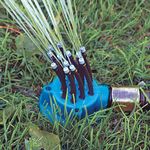
D&X Garden Sprinkler
Fine Gardening receives a commission for items purchased through links on this site, including Amazon Associates and other affiliate advertising programs.
- 12 flexible nozzles that you can set in any direction, simply bend hoses to customize new watering patterns - 360 degree coverage of 3000 sq. ft area
- 3.5 x 4 x 6 inches

The Nature of Oaks: The Rich Ecology of Our Most Essential Native Trees
Fine Gardening receives a commission for items purchased through links on this site, including Amazon Associates and other affiliate advertising programs.

ARS Telescoping Long Reach Pruner
Fine Gardening receives a commission for items purchased through links on this site, including Amazon Associates and other affiliate advertising programs.



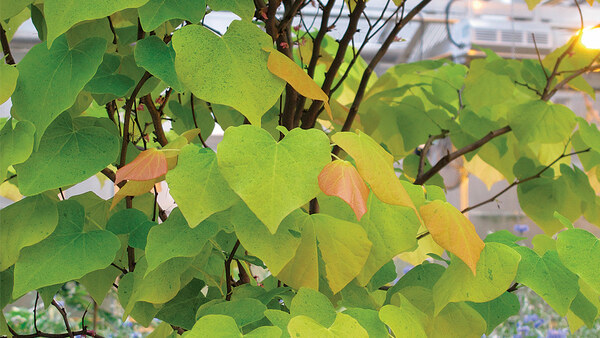

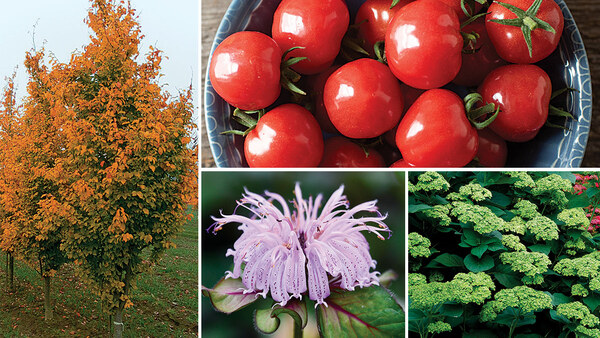













Comments
Log in or create an account to post a comment.
Sign up Log in